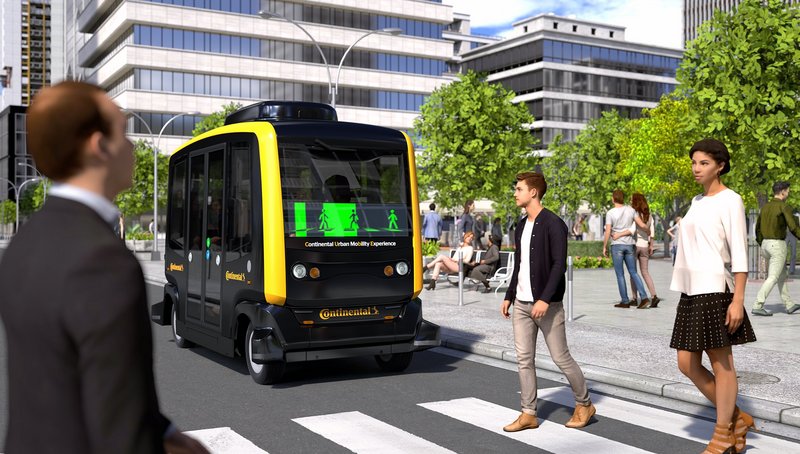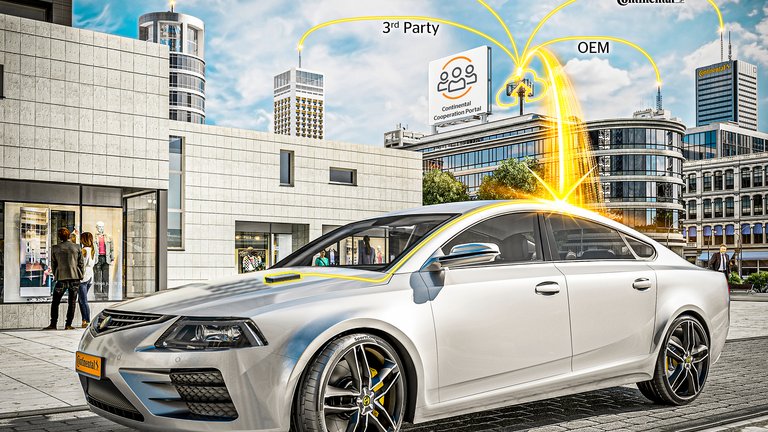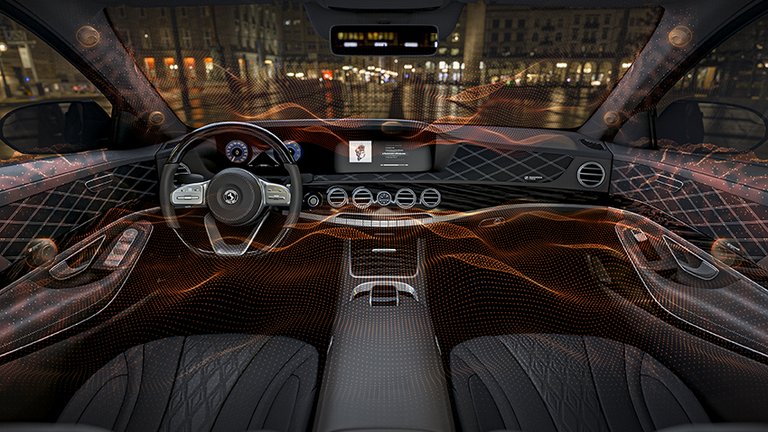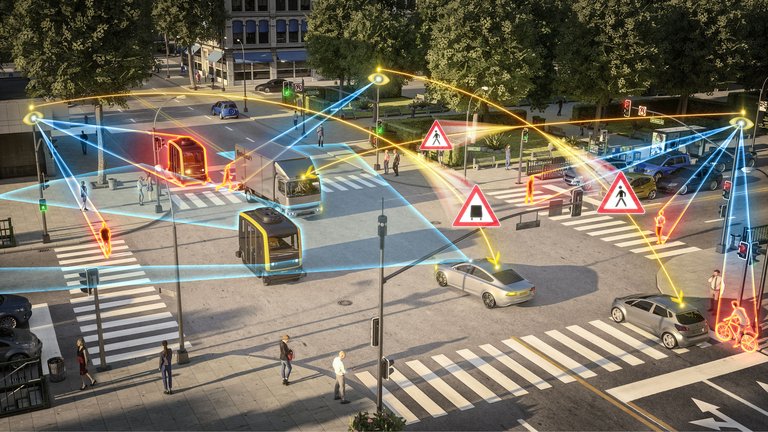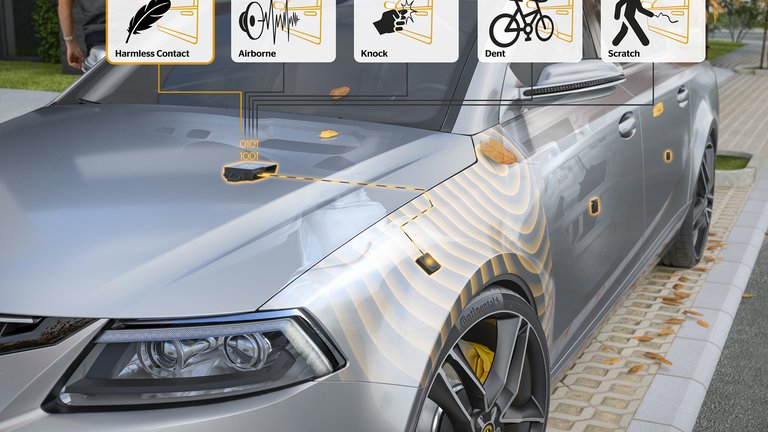Continental Presents Holistic Human-Machine Interaction for Autonomous Vehicles
- Continental’s holistic solution combines audio and visual interfaces to enable effortless human-machine communication inside and outside the CUbE driverless shuttle
- The technology aims to build trust between people and driverless vehicles, ensuring safety, accessibility and comfort onboard
- Continental will showcase its solution for the first time at CES 2020 in Las Vegas
Las Vegas, December 16, 2019. To garner large-scale user acceptance and confidence for autonomous mobility solutions, the technology company Continental has developed a holistic solution for human-machine interaction (HMI), specifically designed for autonomous vehicles. This solution was developed in the CUbE, Continental’s development platform for driverless technologies. Autonomous shuttle buses or robo-taxis currently being tested along predetermined routes will pave the way for tomorrow’s driverless vehicles, which will smoothly navigate complex traffic scenarios. But before they become a regular feature on urban roads, robo-taxis must gain wide-ranging user acceptance and trust. Safety, accessibility, comfort and an immersive onboard experience will drive acceptance for these vehicles, ultimately leading to large-scale adoption.
“At CES 2020, we will demonstrate seamless human-machine cooperation inside and outside the CUbE using complementary audio and visual interfaces. Our demonstration is based on existing products and competencies of Continental, some of which are currently market ready,” explained Tamara Snow, head of Interior Systems and Technology for Continental, North America.
Continental’s holistic HMI solution provides an end-to-end experience for users not only limited to booking a ride and transporting passengers to their destination. The concept also helps them to plan the next course of their journey and provide relevant information about social events. Most importantly, it will reassure passengers and pedestrians about their safety within and around the driverless vehicle, and create opportunities for smart cities and service providers to make customized services available.
“With this approach, Continental enables an intuitive interaction between driverless vehicles, passengers and pedestrians. We are establishing a continuous and natural dialogue between people and vehicles, building user trust and delight, which is imperative for autonomous driving,” Snow added.
Holistic HMI at the center of an immersive user experience
At CES 2020, Continental will showcase how users can book a shuttle and reserve their seat conveniently through a smartphone app. As they wait for their ride, the position of the shuttle will be constantly trackable on the app and a personalized welcome message will greet the user upon arrival. Passengers are able to view the complete travel information on a large display: availability of local services and vehicle notifications aggregated in the form of a dynamic timeline.
Delivering an audio experience complementary to the visual elements in the vehicle, passengers will be updated on their ride status and trip events with ambient sound synchronized with the motion of the vehicle. Points of interest will be displayed in real-time as the vehicle drives through the city, complete with the latest information on cultural and social events. This will create opportunities for cities and service providers to reach their customers with tailored messages. Prior to arrival, the vehicle will display information about connecting transportation, like the departure time of the next available train or shuttle, to take them to their next destination.
The ultimate goal is to build trust between users and driverless vehicles
Safety is the main consideration for autonomous driving, be it for passengers or pedestrians. Continental’s holistic HMI will respond and communicate when pedestrians are detected in the path of the shuttle. The vehicle’s sensors will register the presence of the pedestrian and validate this through an easily understandable audio-visual interface, which is compatible with certain optical limitations, such as color blindness. For example, external displays with infographics will mirror the information detected by the sensors to inform the pedestrians or other vehicles that their presence has been registered by the shuttle. Additionally, external sound will communicate to pedestrians that their presence has been detected in the vehicle’s trajectory and will caution them to move out of the way. If the vehicle stops to allow pedestrians to cross, the passengers inside will be notified accordingly.
Continental is actively considering all developments in the space of mobility and addressing the opportunities as well as challenges associated with driverless vehicles. The holistic HMI concept is a technology building block from Continental, adding to the viability of driverless vehicles.
Continental at CES 2020
The Continental press conference will be held at Mandalay Bay, Level 2, Surf Ballrooms D-F at 10 a.m. on Monday, January 6. Continental will also showcase its latest innovations and technologies in a private exhibit at the Renaissance Hotel. An invitation-only media event has been scheduled for Tuesday, January 7. Please reach out for additional information.
About Continental
Continental develops pioneering technologies and services for sustainable and connected mobility of people and their goods. Founded in 1871, the technology company offers safe, efficient, intelligent and affordable solutions for vehicles, machines, traffic and transportation. In 2018, Continental generated sales of €44.4 billion and currently employs more than 240,000 people in 60 countries and markets.

Mary Arraf
Head of Communications Automotive and Continental North America
